
The Church of Sweden is an Evangelical Lutheran national church in Sweden. A former state church, headquartered in Uppsala, with around 5.4 million members at year end 2023, it is the largest Christian denomination in Sweden, the largest Lutheran denomination in Europe and the third-largest in the world, after the Ethiopian Evangelical Church Mekane Yesus and the Evangelical Lutheran Church in Tanzania.

Engelbrekt Engelbrektsson was a Swedish nobleman, rebel leader and military leader of German ancestry. He was the leader of the Engelbrekt rebellion in 1434 against Eric of Pomerania, king of the Kalmar Union.
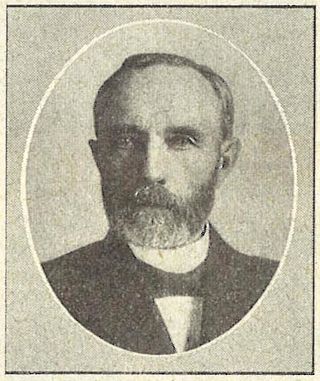
Johan August Ekman was Archbishop of Uppsala, Sweden, 1900–1913.
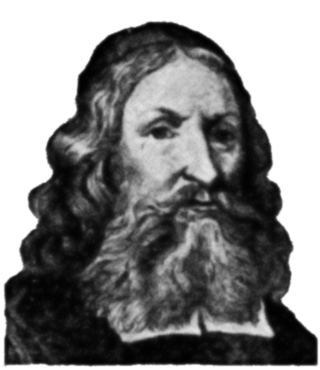
Olaus (Olov) Svebilius was a Swedish priest and professor. He was Bishop of the Diocese of Linköping and Archbishop of Uppsala. His most notable work was Martin Luthers Lilla katekes med Katekesförklaring, a Swedish language translation and explanation of Luther's Small Catechism.

Paul Petter Waldenström was a Swedish lecturer, priest in the Church of Sweden and theologian, member of the Riksdag, and writer, who became the most prominent leader of the free church movement in late 19th-century Sweden.
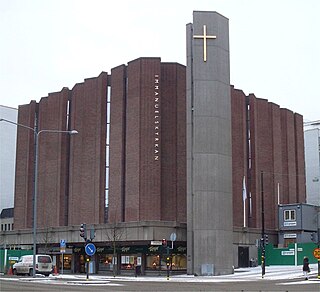
The Mission Covenant Church of Sweden, founded in 1878, was a Swedish evangelical free church in the Radical Pietist tradition. It was the second-largest Protestant denomination in Sweden, after the national church, the Church of Sweden. In 2011, the Mission Covenant Church of Sweden completed a merger with two other denominations, resulting in the new denomination Uniting Church in Sweden. The denomination was a member of the Swedish Free Church Council, the International Federation of Free Evangelical Churches, and the World Communion of Reformed Churches.

The Swedish Evangelical Mission (SEM) is an independent, low-church, New Evangelical movement within the Church of Sweden. Described as "middle-of-the-road" due to maintaining its independence within the church while not separating from it, the association emphasizes the importance of lay involvement and is rooted in 19th-century Swedish revivalism and the Mission Friends movement.
The Swedish Church Ordinance of 1571 was the first complete Swedish church order following the Swedish Reformation in the 1520s.

Carl Olof Rosenius was a Swedish lay preacher, author and editor of the monthly Pietisten from 1842 to 1868. He was one of the country's most widely-heard preachers of his day and has been described as being of "extraordinary importance for the low-church evangelical revival not only in Sweden but also in the other Nordic countries".
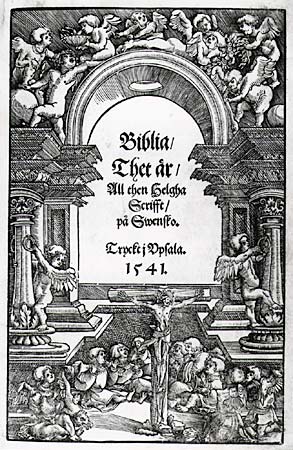
The Reformation in Sweden is generally regarded as having begun in 1527 during the reign of King Gustav I of Sweden, but the process was slow and was not definitively decided until the Uppsala Synod of 1593, in the wake of an attempted counter-reformation during the reign of John III (1568–1592).

Socken is the name used for a part of a county in Sweden. In Denmark similar areas are known as sogn, in Norway sokn or sogn and in Finland pitäjä(socken). A socken is a country-side area that was formed around a church, typically in the Middle Ages. A socken originally served as a parish. Later it also served as a civil parish or an administrative parish, and became a predecessor to today's municipalities of Sweden, Finland, Norway and Denmark. Today it is a traditional area with frozen borders, in Sweden typically identical to those of the early 20th century country-side parishes. The socken also served as a registration unit for buildings, in Sweden recently replaced by identical districts as registration unit. A socken consists of several villages and industry localities, and is typically named after the main village and the original church.

Läsare or the Reader movement was a Swedish Pietistic Christian revival movement of people who stressed the importance of reading, that is, reading the Bible and other Christian literature. It was influenced by both the Herrnhuters and the Methodists and has been described by scholar George M. Stephenson as a "second religious reformation in Sweden".
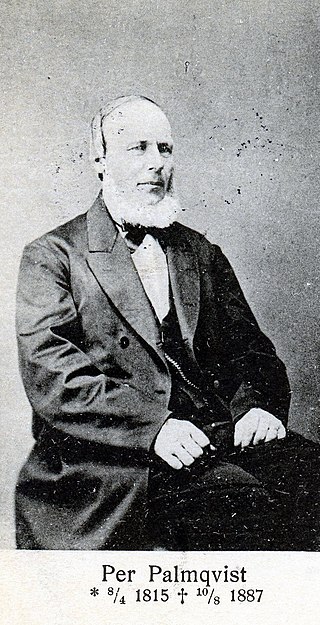
Per Palmqvist, also Palmquist, was a Swedish Baptist pioneer and organist. He is regarded as one of the founders of Sunday school in Sweden. Palmqvist, along with his two brothers Johannes and Gustaf Palmquist, were early leaders of the Swedish Baptist movement in Sweden.

Ebbe Gustaf Bring was a Swedish bishop in the Church of Sweden and theologian.

Reinhold Adolphe Louis Stackelberg was a Swedish count (greve), estate owner, and metalworking plant owner as well as one of the firebrands of the Christian revival movement in Småland.
The Swedish Mission Society, was a Swedish Christian organization to promote mission work among the Sámi in Sweden.
Pro Fide et Christianismo is a Christian association within the Church of Sweden. The organization was an "informal or semi-official national school board" prior to the founding of Sweden's public education system and made a significant impact on Sweden's early education system.
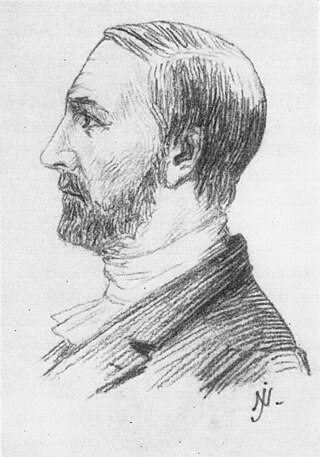
Per August Ahlberg was a Swedish revivalist pastor and missionary who made a large impact on the spiritual environment of Småland, Sweden, founding a number of mission schools for colporteurs.
Oloph Eric Fingal Bexell is a Swedish priest and professor emeritus in church history at Uppsala University.

Den svenska psalmboken – av Konungen gillad och stadfäst(ad) år 1819, also called the 1819 Hymnal and the Wallin Hymnal, was used in Sweden from 1819 to 1937 and contained 500 hymns.
















